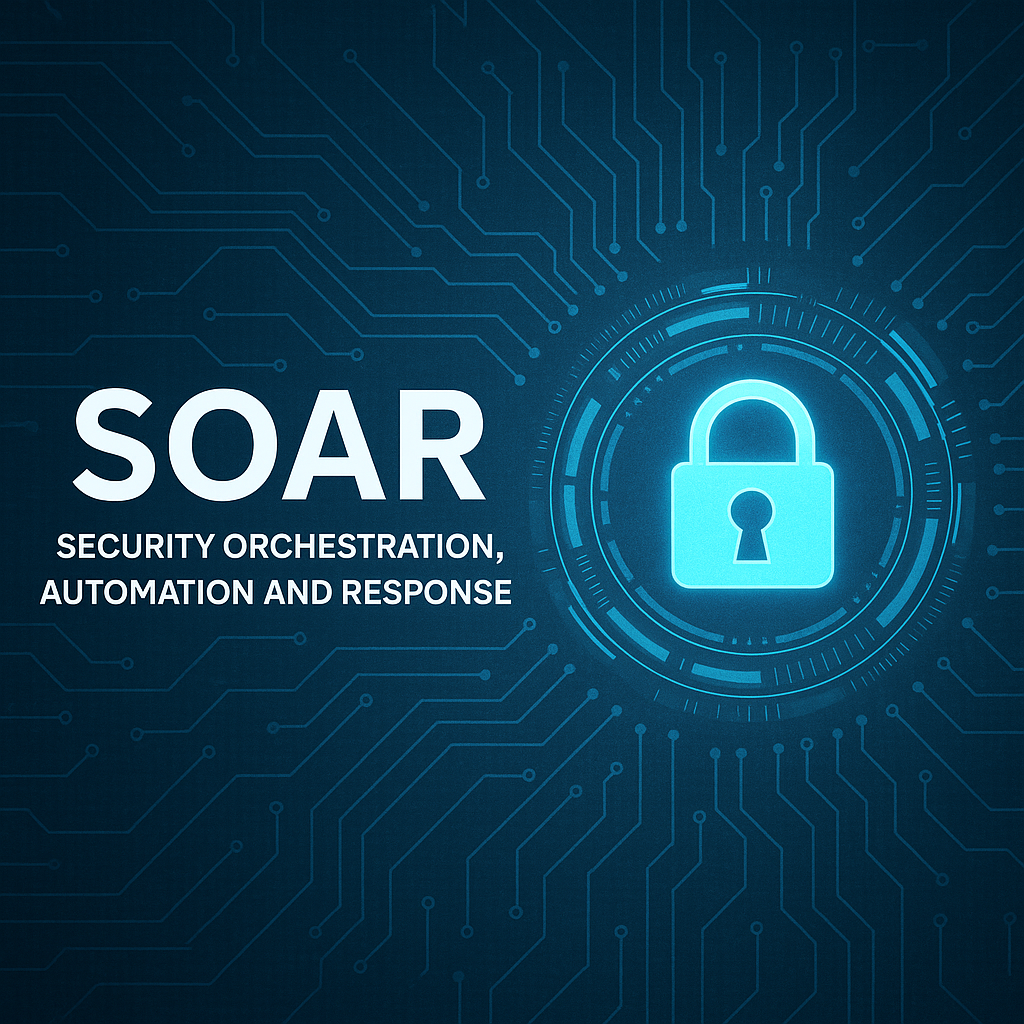Decoding the Dynamics of SIEM and SOAR in Cybersecurity Defense
In the ever-evolving landscape of cybersecurity, understanding the tools and technologies at our disposal is critical. SIEM (Security Information and Event Management) and SOAR (Security Orchestration, Automation, and Response) are two pillars that strengthen the cybersecurity defenses of an organization. While both are pivotal, they serve complementary yet distinct roles.
The Fundamentals of SIEM
SIEM technology acts as a centralized hub for security data, pulling from a variety of sources, analyzing the data in real-time to detect potential security incidents. It's akin to a sophisticated surveillance system that constantly watches over various logs and feeds to alert security professionals of any suspicious activity. Exabeams's detailed comparison provides a look into how SIEM's real-time analysis is crucial for swift detection of potential threats.
Introduction to SOAR
On the other side, SOAR technology takes the baton from SIEM by automating the response to security alerts it identifies. This is more than just automation; it's about integrating different security tools and providing a responsive, coordinated strategy to handle incidents. SOAR platforms piece together data from multiple sources and enable more structured and rapid responses to threats, which is essential in managing the increased volume and sophistication of cyber threats. According to Palo Alto Networks, SOAR solutions automate and coordinate the cybersecurity incident response processes effectively.
Comparing SIEM and SOAR
While SIEM provides the necessary visibility into an array of security data inputs, SOAR is tailored for a proactive, automated handling of the identified incidents. Integrating SIEM with SOAR can lead to a more dynamic defensive posture. Guidance from CISA highlights the strategic advantage of implementing both platforms to bolster an organization's cybersecurity framework.
Real-World Applications and Benefits
Consider a scenario where a financial institution detects an anomaly in its transaction processing system. A SIEM system may flag this as suspicious. Instead of a team of analysts sifting through data to confirm and respond, a SOAR system can be programmed to automatically execute predefined security protocols, perhaps temporarily suspending the suspected accounts and initiating a deeper investigation.
Key Takeaway
As cyber threats grow, the combination of SIEM and SOAR provides a robust defense mechanism. By automating and orchestrating responses, organizations can not only identify threats more quickly but also react to them more effectively, reducing the time attackers have to cause damage. The dual deployment of SIEM and SOAR could be the cornerstone of next-gen cybersecurity strategies.
